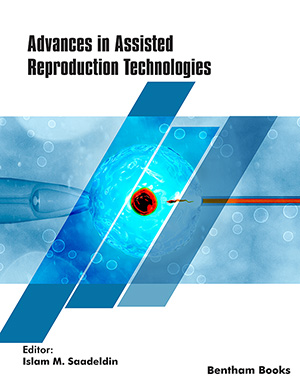Abstract
Background: Oxaliplatin(Oxa) is a major chemotherapy drug for colorectal cancer. However, drug resistance is a major cause of treatment failure for late-stage colorectal cancer. Therefore, it is necessary to explore the mechanism of resistance to oxaliplatin in HCT116 colorectal cancer cells.
Objective: Therefore, this study explored the mechanisms of HCT116 cells resistance to oxaliplatin by combining the results of proteomic and phosphoproteomic analyses.
Methods: In this study, firstly,we constructed oxaliplatin-resistant HCT116 cells called HCT116/ Oxa. Then, we conducted a quantitative study of phosphoproteomics in HCT116 and HCT116/ Oxa cells via TMT labeling, bio-material-based PTM enrichment, HPLC fractionation, and LC-MS/MS analyses. At the same time, we applied TMT/iTRAQ labeling, HPLC fractionation, and LC-MS/MS to conduct proteomic and phosphoproteomic analyses of the cell lines. Finally, we analyzed the results from Gene Ontology (GO), protein domain, and Kyoto Encyclopedia of Genes and Genomes (KEGG) pathways using the 1.5 change rate as a meaningful change threshold.
Results: Our analysis confirmed the previously described mechanisms of colon cancer resistance and revealed the important role of phosphorylation in drug resistance.
Conclusion: Collectively, this study provides a new direction for the study of oxaliplatin resistance in colorectal cancer.
Keywords: Drug resistance, oxaliplatin, proteomic, phosphoproteomic, colorectal cancer, phosphorylation.
[http://dx.doi.org/10.1016/j.ymthe.2018.02.024] [PMID: 29606502]
[http://dx.doi.org/10.1002/jcp.26406] [PMID: 29247488]
[http://dx.doi.org/10.1016/j.yexcr.2018.05.032] [PMID: 29842879]
[http://dx.doi.org/10.1093/annonc/mdl280] [PMID: 17018746]
[http://dx.doi.org/10.1177/1758834015614530] [PMID: 26753006]
[http://dx.doi.org/10.1002/path.1706] [PMID: 15641020]
[http://dx.doi.org/10.1158/1535-7163.MCT-14-0636] [PMID: 26184483]
[http://dx.doi.org/10.1016/j.freeradbiomed.2018.07.014] [PMID: 30056083]
[http://dx.doi.org/10.1186/1750-2187-7-11] [PMID: 22866952]
[http://dx.doi.org/10.1097/PPO.0b013e3181e076af] [PMID: 20526096]
[http://dx.doi.org/10.1186/s12885-019-6480-9] [PMID: 31931755]
[http://dx.doi.org/10.1016/j.jprot.2016.05.002] [PMID: 27178108]
[http://dx.doi.org/10.1158/0008-5472.CAN-16-2976] [PMID: 28209619]
[http://dx.doi.org/10.1111/jcmm.12850] [PMID: 27072512]
[http://dx.doi.org/10.1038/onc.2017.383] [PMID: 29106393]
[http://dx.doi.org/10.1093/nar/gkn558] [PMID: 18765473]
[http://dx.doi.org/10.1016/0092-8674(94)90530-4] [PMID: 8069914]
[http://dx.doi.org/10.1038/376709a0] [PMID: 7651522]
[http://dx.doi.org/10.1016/S0092-8674(01)00475-5] [PMID: 11551508]
[http://dx.doi.org/10.1038/sj.emboj.7600333] [PMID: 15272311]
[http://dx.doi.org/10.1038/emboj.2009.38] [PMID: 19229290]
[http://dx.doi.org/10.1002/jcb.26783] [PMID: 29637602]
[http://dx.doi.org/10.3390/ijms18102047] [PMID: 28946619]
[http://dx.doi.org/10.1182/blood-2015-09-672428] [PMID: 26837700]
[http://dx.doi.org/10.1038/onc.2015.100] [PMID: 25893292]
[http://dx.doi.org/10.1128/MCB.01284-09] [PMID: 20547751]
[http://dx.doi.org/10.1007/s00018-006-6013-y] [PMID: 16685466]
[http://dx.doi.org/10.1128/MCB.00360-10] [PMID: 21245387]
[http://dx.doi.org/10.1016/j.cell.2017.04.033] [PMID: 28502770]
[http://dx.doi.org/10.1152/physrev.00005.2014] [PMID: 25287865]
[http://dx.doi.org/10.1038/ncb2615] [PMID: 23143395]


























